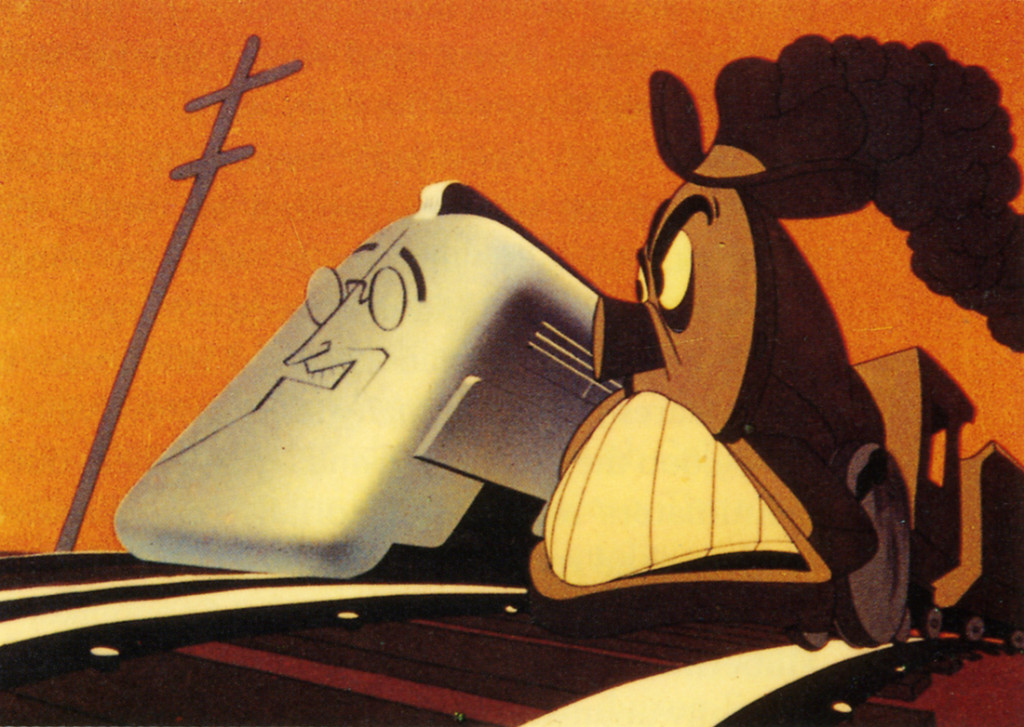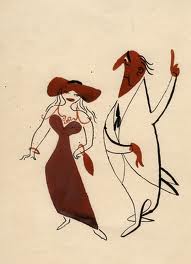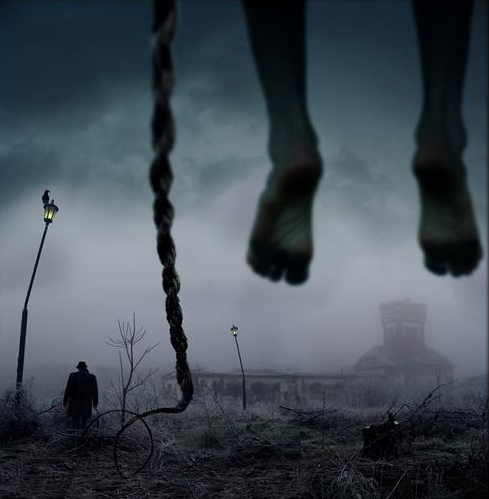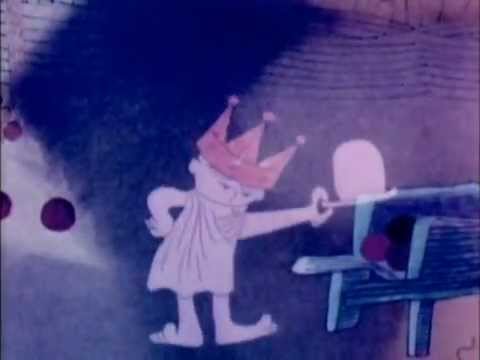Daily post 19 Oct 2013 03:44 am
Hubley & Julian samples
 In his book, When Magoo Flew, The Rise and Fall of an Animation Studio – UPA,writer, Adam Abraham details the story of a group of artists working together a new series of films. John Hubley wasn’t always happy though he was undoubtedly one of the leaders of the artists who came together from different sources. Many from Disney, some from the US Army Signal Corps, others from Chouinard Art Institute -a school supported by Walt Disney in his attempts to gain artists for the films he made in LA.
In his book, When Magoo Flew, The Rise and Fall of an Animation Studio – UPA,writer, Adam Abraham details the story of a group of artists working together a new series of films. John Hubley wasn’t always happy though he was undoubtedly one of the leaders of the artists who came together from different sources. Many from Disney, some from the US Army Signal Corps, others from Chouinard Art Institute -a school supported by Walt Disney in his attempts to gain artists for the films he made in LA.
The stories behind the films were done wholly to advance the new art forms being discovered in Los Angeles. It was their notion that by breaking the rules of 19th Century Art animation could begin to come truly alive as an original.
Two of the artists were truly original in the approach, and when they started working together a curtain unveiled something new.
 John Hubley was one of the bosses and one of of those who brought strength to the films he created. In the beginning he worked with the animator, However, he was bothereed by some of the color choices made others, particularly by BG artist artist Herb Klynn. Hubley was incensed at the ugly yellow/green that Mr. Klynn would incessantly choose. For this reason (among others) he brought in the gifted master painter Paul Julian to do the the background coloring. Hubley, himself, was a strong designer and a master painter. Who could question what he wanted to do with the department.
John Hubley was one of the bosses and one of of those who brought strength to the films he created. In the beginning he worked with the animator, However, he was bothereed by some of the color choices made others, particularly by BG artist artist Herb Klynn. Hubley was incensed at the ugly yellow/green that Mr. Klynn would incessantly choose. For this reason (among others) he brought in the gifted master painter Paul Julian to do the the background coloring. Hubley, himself, was a strong designer and a master painter. Who could question what he wanted to do with the department.
Once past a couple of near-sighted Fox and Crow films; Hubley wanted to do films about humans, not animals, and he eventually got his series featuring the near-sighted Mr. MaGoo. In the big picture, though, they were forced to follow many artistic constraints. Despite this, they two did a number of very successful shorts in changing the look and feel of animation globally.
The films done by both Hubley and Julian did seem to have a certain magic that brought success.
 There was a new series about a boy who made sound effects instead of having a voice. These films were followed with a series similar to the Disney Silly Symphonies. After Rooty Toot Toot, John Hubley did segments of a live action feature film, It was a work that defined the live action feature and brought new ways toward animating films. The many shorts they’d made were breaking artistic records, but the live action film was not financially successful.
There was a new series about a boy who made sound effects instead of having a voice. These films were followed with a series similar to the Disney Silly Symphonies. After Rooty Toot Toot, John Hubley did segments of a live action feature film, It was a work that defined the live action feature and brought new ways toward animating films. The many shorts they’d made were breaking artistic records, but the live action film was not financially successful.
Paul Julian having won his own Oscar for the Poe adaptation of The Tell Tale Heart (with a brilliant reading by James Mason.) left to go back to Warner Bros where he painted exquisite and attractive backgrounds for Friz Freleng. He also produced a number of title sequences for horror films for Roger Corman including the well-recognized short, The Hangman.
 John Hubley opened his own studio in an attempt to produce a feature version of the Broadway Musical, Finian’s Rainbow. The anti communist leanings of the Congess closed that studio and pushed Hubley into making commercials and short films. The shrts were flms that changed the course of animation. Windy Day, The Hole, Cockaboody, and the features Everybody Rides the Carousel and Of Stars and Men all were key to the future of 2D animation.
John Hubley opened his own studio in an attempt to produce a feature version of the Broadway Musical, Finian’s Rainbow. The anti communist leanings of the Congess closed that studio and pushed Hubley into making commercials and short films. The shrts were flms that changed the course of animation. Windy Day, The Hole, Cockaboody, and the features Everybody Rides the Carousel and Of Stars and Men all were key to the future of 2D animation.
Many of these can be found on YouTube. There will also be a showing of reconstructed prints of Hubley films coming to the MoMA soon.

on 19 Oct 2013 at 2:07 pm 1.Pauline C. said …
I didn’t know such a book existed !
Thank you for this post, really interesting.